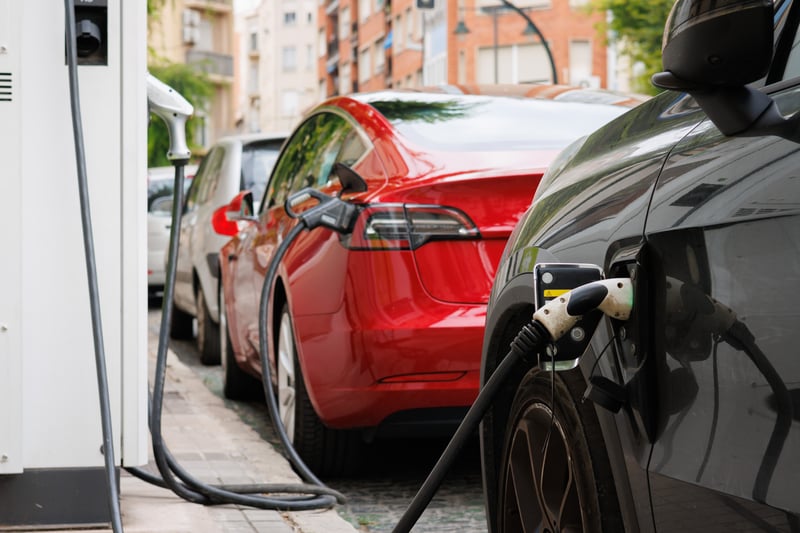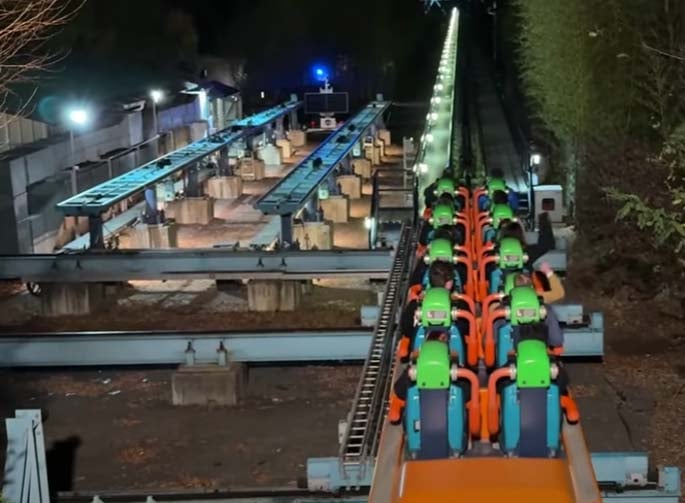TRENTON, N.J. — The New Jersey Board of Public Utilities (NJBPU) announced on Wednesday the adoption of new minimum filing requirements (MFRs) for the state’s investor-owned electric distribution companies (EDCs) to expand charging infrastructure for medium- and heavy-duty (MHD) electric vehicles. The move aims to accelerate the transition to cleaner transportation options while addressing emissions in communities near key freight corridors.
The updated regulations direct EDCs to propose programs that expand charging access for MHD electric vehicles and fleets, particularly in low-income neighborhoods and areas exposed to higher levels of air pollution. Governor Phil Murphy highlighted the significance of these efforts in reducing environmental and health impacts in affected regions. “Today’s announcement by the BPU is a key part of my Administration’s whole-of-government approach to reducing harmful emissions from the transportation sector that negatively impact the health of our residents,” Murphy stated.
The transportation sector is responsible for nearly 40% of New Jersey’s net greenhouse gas emissions, with MHD trucks and buses contributing a considerable portion. The adopted MFRs allow utilities to offer extra incentives for communities classified as “overburdened” based on their proximity to freight corridors and distribution hubs. NJBPU President Christine Guhl-Sadovy emphasized the public health implications, stating, “These benefits are especially vital to the overburdened communities that have borne the brunt of air pollution and its health effects for far too long.”
The newly adopted rules require EDCs to file proposed programs within 120 days and include incentives for “Make Ready” chargers designed for public-serving and private fleets in or near overburdened areas. In addition to incentive programs, the MFRs direct utilities to create and maintain capacity maps to identify grid locations suitable for supporting MHD charging, facilitating proactive planning for public charging sites and fleet operations.
As part of the broader clean transportation strategy, the MFRs will also establish managed charging programs to encourage nighttime vehicle charging and balance grid demand. This strategy builds on the state’s 2019 Energy Master Plan and aligns with federal initiatives like the Clean Corridor Coalition, which recently received $250 million in federal funding to support zero-emission vehicle infrastructure along the Interstate-95 corridor.
With these updated requirements, New Jersey continues to advance its push for cleaner transportation solutions, aiming to reduce emissions and promote health benefits for communities most affected by pollution.
Note: Thank you for visiting our website! We strive to keep you informed with the latest updates based on expected timelines, although please note that we are not affiliated with any official bodies. Our team is committed to ensuring accuracy and transparency in our reporting, verifying all information before publication. We aim to bring you reliable news, and if you have any questions or concerns about our content, feel free to reach out to us via email. We appreciate your trust and support!




